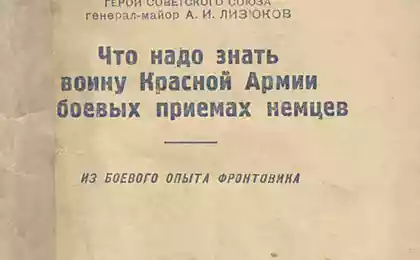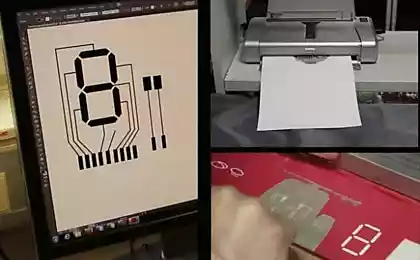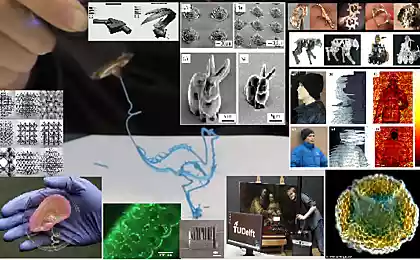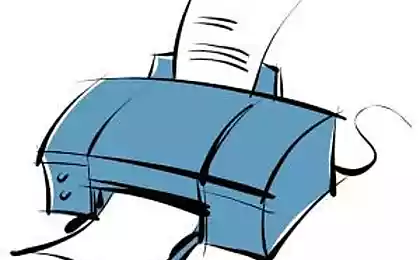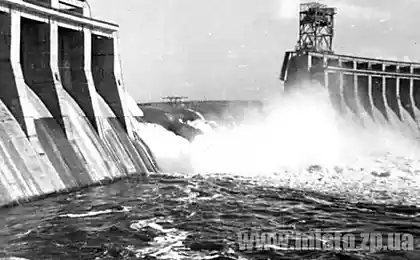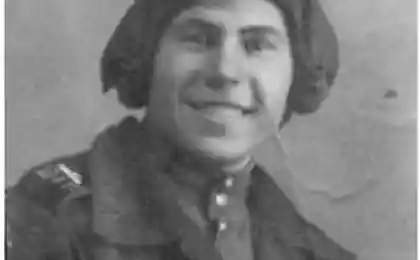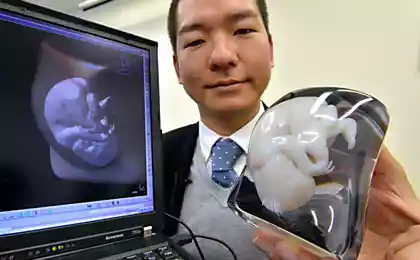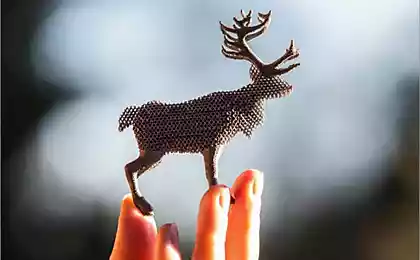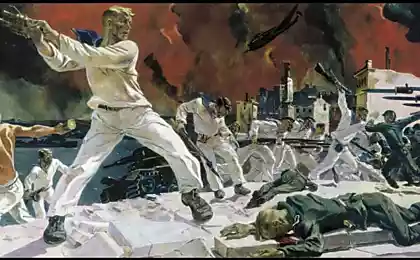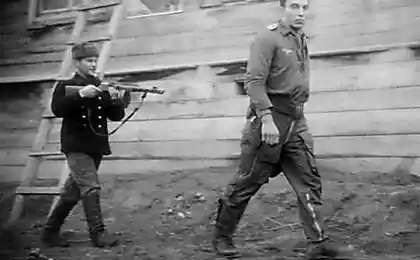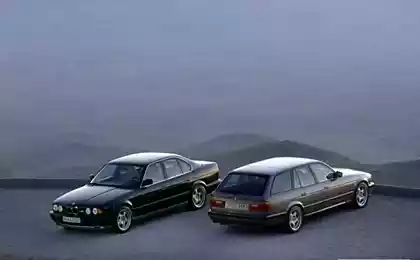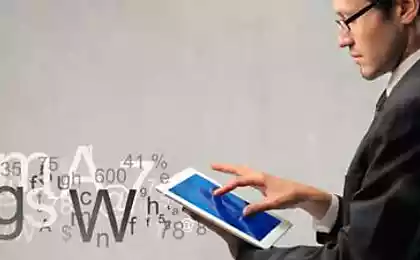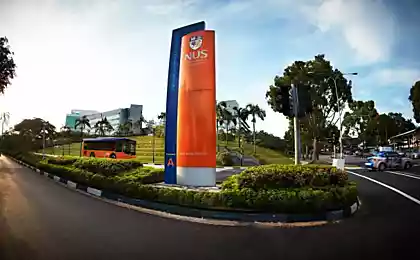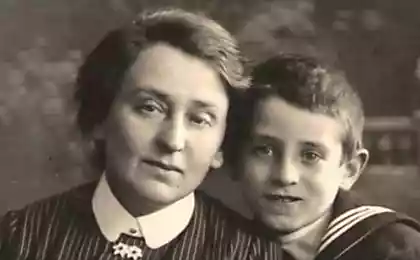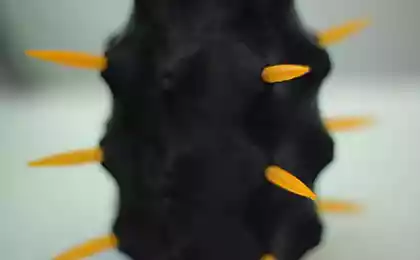1238
The Germans invented a way to print flexible touch screens on a standard printer
Do not rush to throw away your old inkjet printers: in 3D on them, of course, not popechatat, but you can experiment with the technology of printing flexible touch displays, presented in the past in Honolulu (Hawaii, USA) технологическом symposium .
The inventors of the Saarland University and Max Planck Institute for Informatics (Germany) showed how to print thin flexible one- or two-sided color touch screen on virtually any material: wood, marble, leather, metal, and, in fact, paper. Unlike the conventional production of flexible / touch screens do not require sophisticated equipment, they can be printed in virtually any environment, including home, and with the help of simple equipment like a standard inkjet printer and visual editors.
Usually, in order to integrate the display into your product, you need to buy a set of components:
The technology offered by German inventor, much easier. All that you will need to print - special ink. Create a design, you can display any graphic editor:
- And then you will need to simply observe the order of application layers. If you use paper - and will approach a normal inkjet printer:
The inventors of the Saarland University and Max Planck Institute for Informatics (Germany) showed how to print thin flexible one- or two-sided color touch screen on virtually any material: wood, marble, leather, metal, and, in fact, paper. Unlike the conventional production of flexible / touch screens do not require sophisticated equipment, they can be printed in virtually any environment, including home, and with the help of simple equipment like a standard inkjet printer and visual editors.
Usually, in order to integrate the display into your product, you need to buy a set of components:
The technology offered by German inventor, much easier. All that you will need to print - special ink. Create a design, you can display any graphic editor:
- And then you will need to simply observe the order of application layers. If you use paper - and will approach a normal inkjet printer:
- the conductor layer of silver,
- dielectric layer,
- phosphor layer,
- a transparent conductor. Two layers of conductors enclosed in a sandwich layer of phosphor that glows when the charge passes through the ink. The thickness of the display - 120 microns (0 to 12 mm). The display may comprise segments with highly detailed resolution comparable with laser printing resolution of 250 dpi. To make the display bilateral - just flip the surface and repeat the process, and, in principle, nothing prevents him from ever collect origami.
In the report, scientists have demonstrated several prototypes, their opportunities and ways to use displays, printed on an inkjet printer Canon IP-100:
Even manufacturers of smart hours not think so use strap:
This is just the first sketches of ideas how you can apply these displays - thousands of them expect in the near future from those who decide to repeat the method of German scientists in practice.
Print these examples took 2-4 hours in recalculation on one man - the duration of the process depends not only on the complexity of the design of the display, but also its size and the number of colors used. The cost of the used silver ink Mitsubishi NBSIJ-MU10 is based on fully covered A4 sheet of 19 euros.
- detailed description of listing of all used equipment and NOMENCLATURE printing on different surfaces. via
If users learn
embroider bead displays -
we will start to sell needle and thread
[ report andorro news ]
Source: habrahabr.ru/company/madrobots/blog/239605/
- detailed description of listing of all used equipment and NOMENCLATURE printing on different surfaces. via
RomoCart will transform your room into a video game (video)
3D-printing in the service of prosthetists




